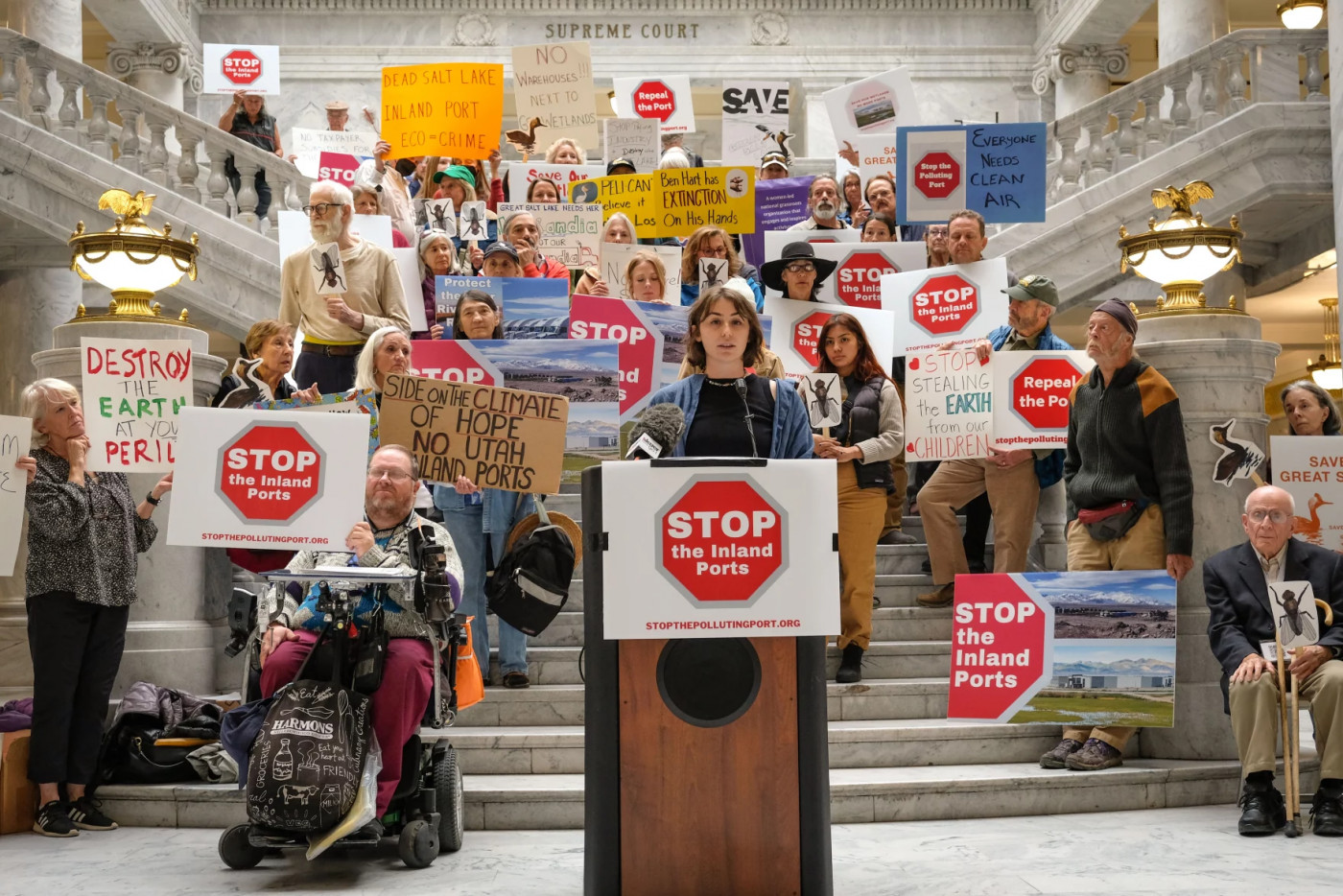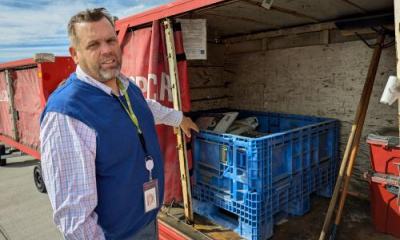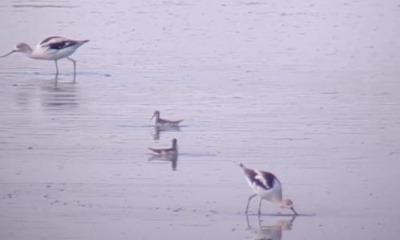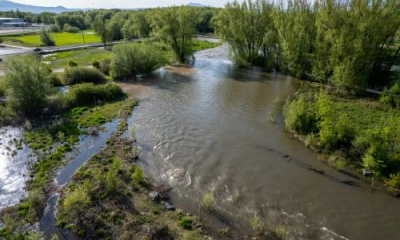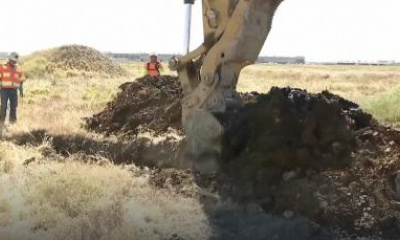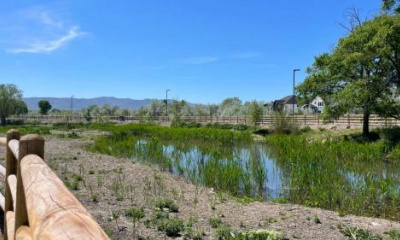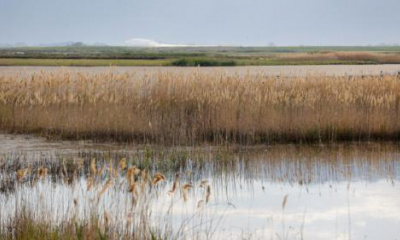Opponents of the Utah Inland Port say the shipping and logistics hub is the single greatest threat to the Great Salt Lake’s wetlands.
Stop the Polluting Port, Great Salt Lake Audubon, Utah Physicians for a Healthy Environment, Great Basin Water Network and the Center for Biological Diversity have published a new report claiming several port locations near the lake could jeopardize nearly 53,000 acres of habitat in Salt Lake, Box Elder, Tooele, Weber and Utah counties.
Dozens of opponents of the ports gathered at the Utah State Capitol rotunda on Nov. 6 to promote the report and voice their concerns. Holding signs with slogans like “destroy the earth at your peril” and “everyone needs clean air,” activists lined the marble steps up to the old Utah Supreme Court chambers as speakers outlined their unease with the ongoing port projects.
“We need to be doing everything in our power to reverse the lake's decline, which means taking the most careful approach possible with anything that could potentially harm the lake and its ecosystem,” said Chandler Rosenberg, deputy director of the Great Basin Water Network.
According to the report, over 26,000 acres of wetlands could be impacted by the inland port on the west side of Salt Lake City alone. That location is approximately 1.5 miles from the lake.
“We simply cannot save the lake if we sacrifice these wetlands,” she said.
Rosenberg also warned against “sacrificing” places like the Great Salt Lake “at the altar of the industrial economy and its fairytales of unrestrained growth and endless profits.”
The inland port has been at the center of controversy since it was first devised in 2016 as a way to boost economic traffic through the state. In the following years, protests have shut down board meetings and even resulted in violence and arrests. Opponents claimed the port would have negative impacts on air and water quality along the Wasatch Front, and now that the port authority has adjusted its approachto focus on satellite ports, the controversy extends to those locations, too.
“Should these ports be developed, we will further degrade and greatly diminish what is left of the habitat that is critical for the 12 million migrating birds that use the lake as an essential stopover,” said Heather Dove, president of the Great Salt Lake Audubon. “Great Salt Lake is the crossroads of the West for the avian world.”
But advocates for the ports say there are no intentions to destroy wetlands near the lake.
“The Utah Inland Port Authority views our stewardship of the wetlands and the Great Salt Lake as absolutely critical,” said the authority’s executive director Ben Hart. “That's part of our mission, making sure that we are good stewards of the wetlands and the lake itself.”
To that end, the Utah Inland Port Authority Board adopted a new wetlands compliance policy at its Nov. 6 board meeting. The policy allows for incentives that encourage developers to preserve wetland habitats impacted by future projects, though it does not explicitly mandate preservation.
“I love this as a first step,” said non-voting board member and Salt Lake City Councilor Victoria Petro. “I’d love to see us be even more assertive in our capacity so that anyone who is participating in our areas … must have a demonstrated, documented strategy for how you’re going to protect wetlands.”
In Hart’s opinion, there can be both economic benefit and environmental protection.
“We don't want to develop these [projects] overnight,” he said. “I think you're going to get sloppy development that doesn't serve the community, doesn't serve the economy very well. We want to make sure that these are projects that exist over a generation and another generation,” he said. “And we absolutely can do that while protecting the wetlands for future generations as well.”
Still, some opponents think the process is moving too fast and said changes in how public comments are received by the board are an area where transparency can be improved.
“Projects are introduced and approved so quickly that most community members are unaware of what is coming,” said Stop the Polluting Port’s Joan Gregory. “More time is needed for public input on projects that will impact communities far into the future.”

